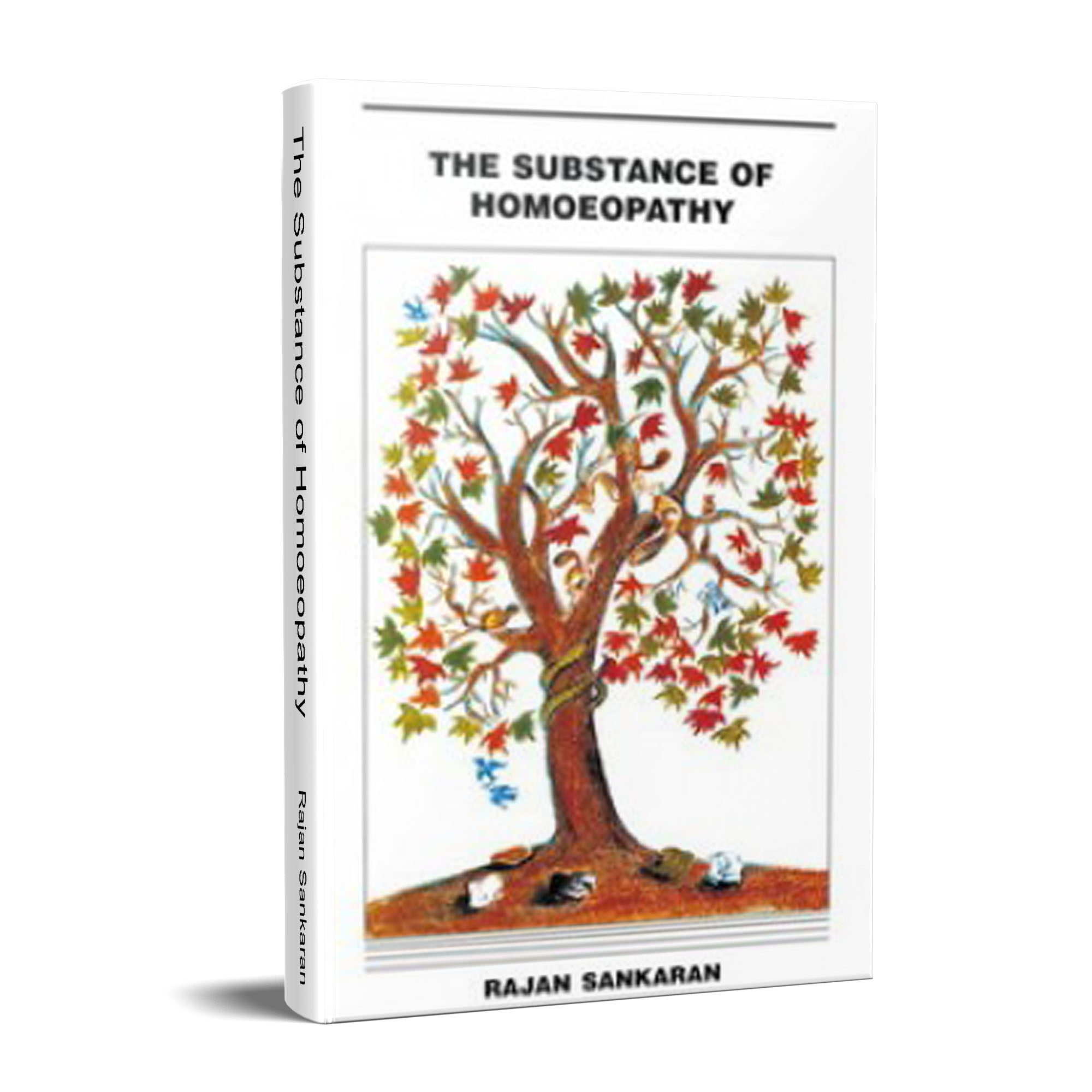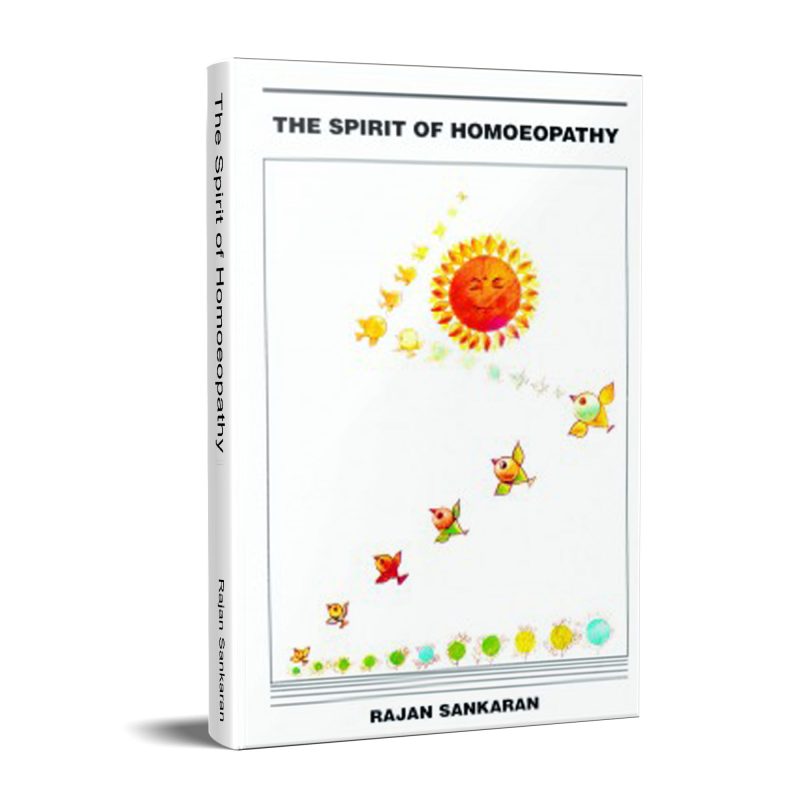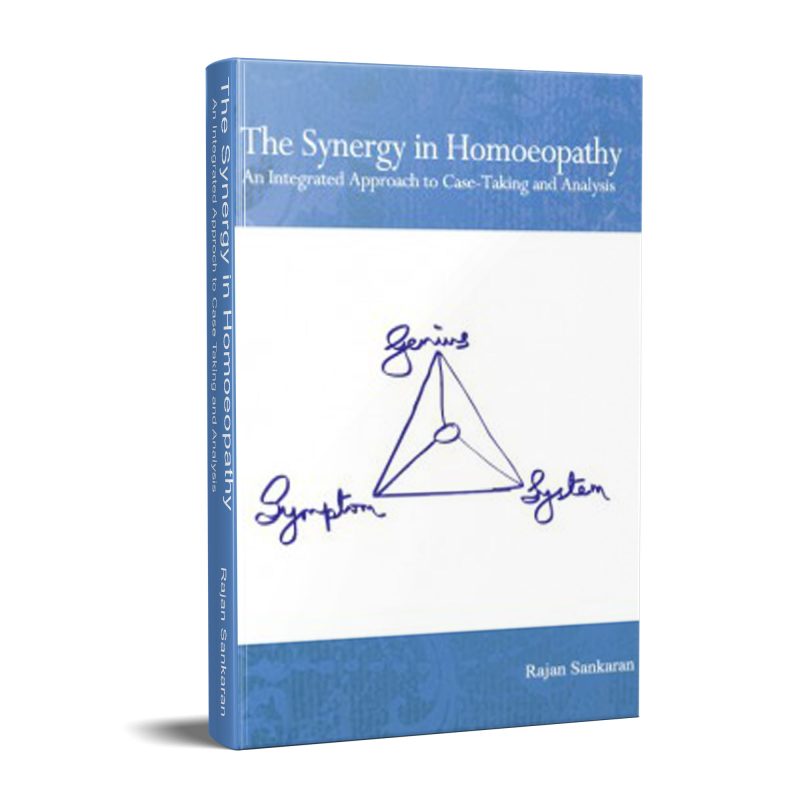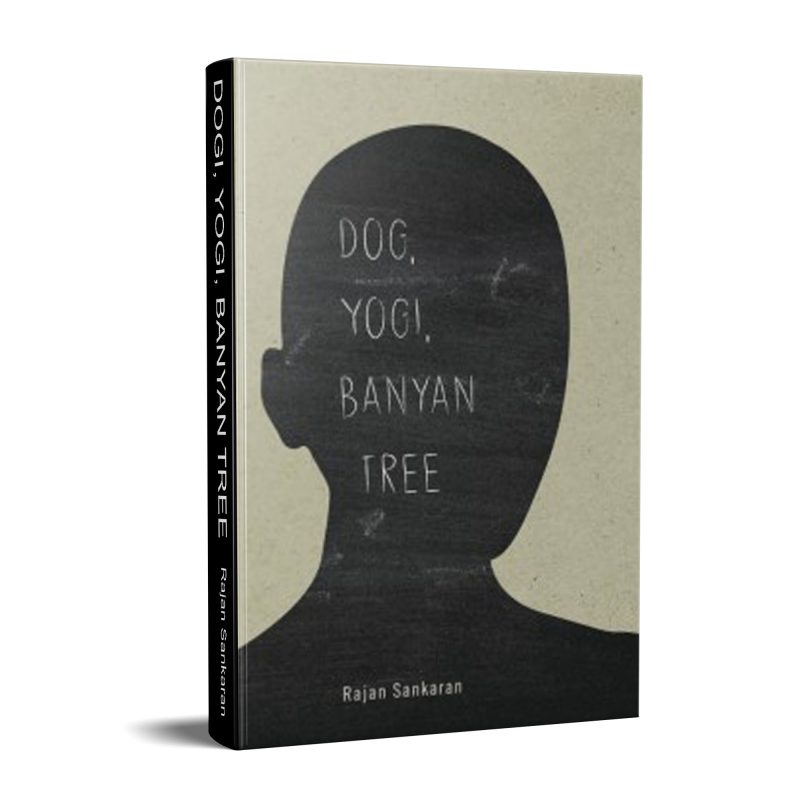The Substance of Homoeopathy
- ISBN: 978-81-900810-1-2
- Cover: Hard Cover
- Pages: 378
Review in Hpathy by Vatsala Sperling
The Substance of Homeopathy is the second book by Dr. Rajan Sankaran and I am delighted to be reviewing it here. After publishing his first book, The Spirit of Homeopathy, Dr. Sankaran dug deep in to the realm of miasms and the link between drug source and its symptomatology. The outcome of these adventures is presented in The Substance of Homeopathy.
In book 1, the Spirit of Homeopathy, Dr Sankaran presented the idea that disease is a delusion, and it could be resolved and cured brilliantly using homeopathic remedies. So, he set out to understand the remedies that form the “substance” of Homeopathy.
He also tried to classify the disease state (or the state of delusion) as reaction to how reality is perceived, used the word “miasm” to describe these reactions and expanded and added new miasms – acute, ringworm, malarial, typhoid, leprous, cancer and tubercular – to the three original miasms, psora, sycosis and syphilis, as described by Samuel Hahnemann. This expansion helped him understand the new and emerging diseases in the contemporary world.
[read more]
In his attempt at classification of diseases, Dr. Sankaran ponders the four basic miasms – acute, psora, sycosis and syphilis, connects them to four stages of life and personality types, and concludes that the state of mother and father at the time of conception is inherited as miasm… Read More
In his earlier work, “The Spirit of Homoeopathy”, Rajan Sankaran delved deep into homoeopathic philosophy and introduced many original ideas of great value to the practitioner. That book, while generating some controversy, was very well received by the profession and has won much acclaim. Starting where the “Spirit” left off, this much awaited book rekindles the flame of Homoeopathy – the spirit flows into the substance.
In the “Spirit”, Rajan presented his concept of disease as delusion. Here, he shows how delusion can be classified using Hahnemann’s theory of miasms. With numerous illustrative cases, he shows how this classification can be used as a map of disease to facilitate remedy selection. Next, a detailed study of homoeopathic drugs with reference to their source reveals the purpose of traditional classification into plant, animal and mineral kingdom.
The result of a detailed study of the Periodic Table are presented which show the relation between Chemistry and Homoeopathy, underlining the scientific basis of Homoeopathy. The mineral remedies are studied in detail and with cases, call forth vivid images to mind. A number of recent drug provings conducted by Rajan in his seminars all over the world are included, which give a new insight into these drugs. After a study of some plant and animal remedies, there follows a differential analysis of drugs from the various kingdoms – this study will prove a landmark in the homoeopathic field. Finally, many original ideas on homoeopathic philosophy are expounded, chief among these being his thoughts on how and why organic pathology develops.
Rajan has drawn from his vast clinical experience to give us many original and thought-provoking ideas. Lucid though succinct, and copiously illustrated with cases, the book will be of interest to all serious students of the healing art.
“This book is a gem, for the experienced homoeopath as well as for the beginner. For the student it offers a glimpse into the wider range of possibilities Homoeopathy has to offer after the basic skills have been learnt; for the experienced it may be a welcome stimulus to expand their own framework and find new challenges to learn, experiment and grow.”
[/read]
Dr. Beat Spring
(Review in Homoeopathic Links 2/94)
Book Preview
Related products
₹300.00
₹2,700.00
₹300.00
₹350.00






Reviews
There are no reviews yet.